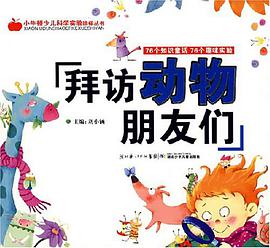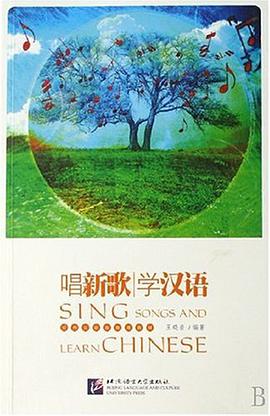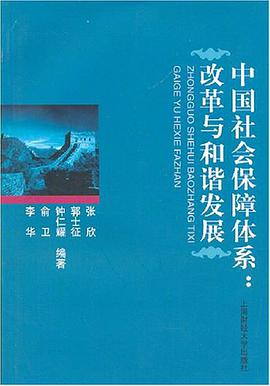

The Royal College of Veterinary Surgeons suggests that all veterinary surgeons provide emergency service for wildlife casualties and that such care enhances the public perception of the profession. A variety of wild birds, mammals, reptiles, amphibians and fish are presented to veterinary surgeries by the general public as a result of injury, disease or being found apparently abandoned. Success in treating wildlife casualties depends not only upon the clinical skills of the practitioner, but also encompasses nursing staff and those involved in the rehabilitation and release of the casualty. This Manual has drawn together veterinary surgeons specializing in wildlife care, general practitioners and rehabilitators, to produce a unique source of information. Initial chapters, applicable to all wildlife casualties, set out ethical considerations plus the principles of treatment, feeding, rehabilitation, release and clinical pathology. Legal considerations are then outlined, principally for the UK but also with reference to European Union and some international legislation.The major species or groups of mammals and birds encountered in Britain are then covered in detail, followed by a chapter on reptiles, amphibians and fish. These chapters use a standard approach to give details on: natural history; anatomy and physiology; capture, handling and transportation; examination and assessment for rehabilitation; first aid; anaesthesia and analgesia; diagnosis and treatment of common problems; management in captivity; rearing of young animals; and release. These chapters provide critical information to assess whether the casualty is likely to be able to return to a normal life back in the wild, and whether treatment should be considered. At all stages, emphasis is given to the assessment for return to the wild.
具體描述
讀後感
評分
評分
評分
評分
用戶評價
相關圖書
本站所有內容均為互聯網搜索引擎提供的公開搜索信息,本站不存儲任何數據與內容,任何內容與數據均與本站無關,如有需要請聯繫相關搜索引擎包括但不限於百度,google,bing,sogou 等
© 2025 qciss.net All Rights Reserved. 小哈圖書下載中心 版权所有




















